The release of Apple’s iPhone 17 Pro has sparked another wave of promotional wars among major U.S. wireless carriers. With a price tag that makes it one of the most expensive smartphones on the market, the promise of a “free” iPhone has naturally caught consumer attention. But while the headlines sound too good to resist, the reality is more nuanced. These deals often come with layers of fine print, trade-in conditions, and long-term service obligations that make the phone free in appearance—but not always in practice.
How These Deals Work
At the center of the promotions is the trade-in system. Customers are encouraged to hand in their old devices, regardless of condition, in exchange for credits that offset the cost of the new iPhone 17 Pro. In many cases, carriers advertise that even broken or outdated devices can qualify, a strategy designed to lower the barrier of entry for consumers.
Here’s the catch:
- Monthly Bill Credits – Instead of receiving the trade-in value all at once, the credit is spread across 24 to 36 monthly billing cycles. As long as the customer remains with the carrier, the credits keep applying until the device’s full value is covered.
- Service Plan Lock-In – These offers typically require customers to be on an eligible unlimited plan. Higher-tier unlimited plans often cost significantly more per month, and the long commitment period ensures carriers recoup their subsidies through service fees.
- Early Termination Penalties – If a customer cancels service before the promotional period ends, the remaining balance of the phone becomes due immediately. In other words, the phone is only free if the customer completes the entire term.
Why Carriers Offer “Free” Phones
The iPhone 17 Pro is more than a status symbol—it’s a business opportunity. Carriers aren’t simply giving devices away; they are making strategic investments:
- Customer Retention: By tying people into multi-year commitments, carriers reduce churn and keep accounts stable.
- Upselling Unlimited Plans: Premium phone offers often require customers to upgrade to more expensive data plans, boosting revenue.
- Device Recycling and Resale: Old phones collected through trade-ins are refurbished and resold or dismantled for valuable components, helping carriers recapture value and reduce e-waste.
- Competitive Differentiation: With each carrier offering similar network speeds and coverage, promotions like this help them stand out in a crowded market.
The Hidden Costs
While it’s tempting to view these promotions as a simple win for consumers, several factors complicate the picture:
- Plan Pricing: The requirement to switch to premium unlimited plans often means higher monthly costs. Over two to three years, the total extra expense can exceed the value of the “free” phone.
- Activation and Miscellaneous Fees: Carriers often charge activation fees or line access fees, adding upfront costs.
- Device Valuation Variability: Not all trade-ins qualify for the full promotional value. High-end, recent devices (like last year’s flagship models) get the best deals. Older or damaged phones may still qualify, but at significantly reduced credit amounts.
- Locked Ecosystem: Even if you technically “own” the phone, promotional deals sometimes lock the device to the carrier until the credits are fully applied or the contract is completed.
Who Wins and Who Loses
Winners
- Loyal Customers Already on Unlimited Plans: If you’re already using a qualifying plan and plan to stay, this deal might genuinely benefit you.
- Consumers With Recent Trade-Ins: People trading in newer models can get the maximum value, effectively making the phone cost nothing out of pocket.
- Budget-Conscious Buyers Avoiding Lump Sums: Spreading the cost over months, or eliminating it through credits, makes a high-end phone more accessible.
Losers
- Early Switchers: Anyone who decides to switch carriers or downgrade plans midway will face hefty costs.
- Casual Users: Those who don’t need a premium unlimited plan may end up paying more in service fees than the value of the phone.
- People With Old or Broken Phones: While carriers say “any phone, any condition,” the actual credit might not be enough to offset the iPhone’s full cost.
The Bigger Picture
This trend highlights a shift in how smartphones are marketed and sold. Once considered standalone purchases, they’re increasingly tied to ecosystem loyalty and long-term service agreements. For Apple, these deals help maintain strong sales momentum without forcing consumers to pay steep upfront prices. For carriers, the strategy ensures locked-in revenue streams.
It also reflects the psychology of ownership. Consumers are more willing to commit to expensive devices if they perceive them as free—even when the long-term math says otherwise. In essence, it’s a marketing tactic that thrives on delayed costs and recurring billing.
Practical Tips Before You Sign Up
- Read the Fine Print: Check how long the credits last, what happens if you cancel, and whether your device will be locked.
- Compare Plans: See if the higher-tier unlimited plan actually suits your data needs, or if you’re overpaying just to qualify.
- Evaluate Trade-In Value Independently: Sometimes selling your phone privately can yield more money than trading it in.
- Consider Alternatives: Smaller carriers and prepaid services may offer lower monthly rates—even if they don’t include free phone promotions.
- Plan for the Long Term: Ask yourself if you’re comfortable sticking with the same carrier for two to three years.
Conclusion
The iPhone 17 Pro’s “free” promotions are both an opportunity and a trap. For the right customer—loyal, plan-committed, and equipped with a recent trade-in—they can represent genuine savings. But for others, the lure of a free flagship phone can lead to higher long-term expenses, service lock-ins, and unexpected fees.
Ultimately, the phone may be free, but the commitment is not. Consumers should weigh not only the device’s value but also the total cost of ownership over time. In today’s telecom world, the old saying holds true: if it sounds too good to be true, it probably comes with conditions.

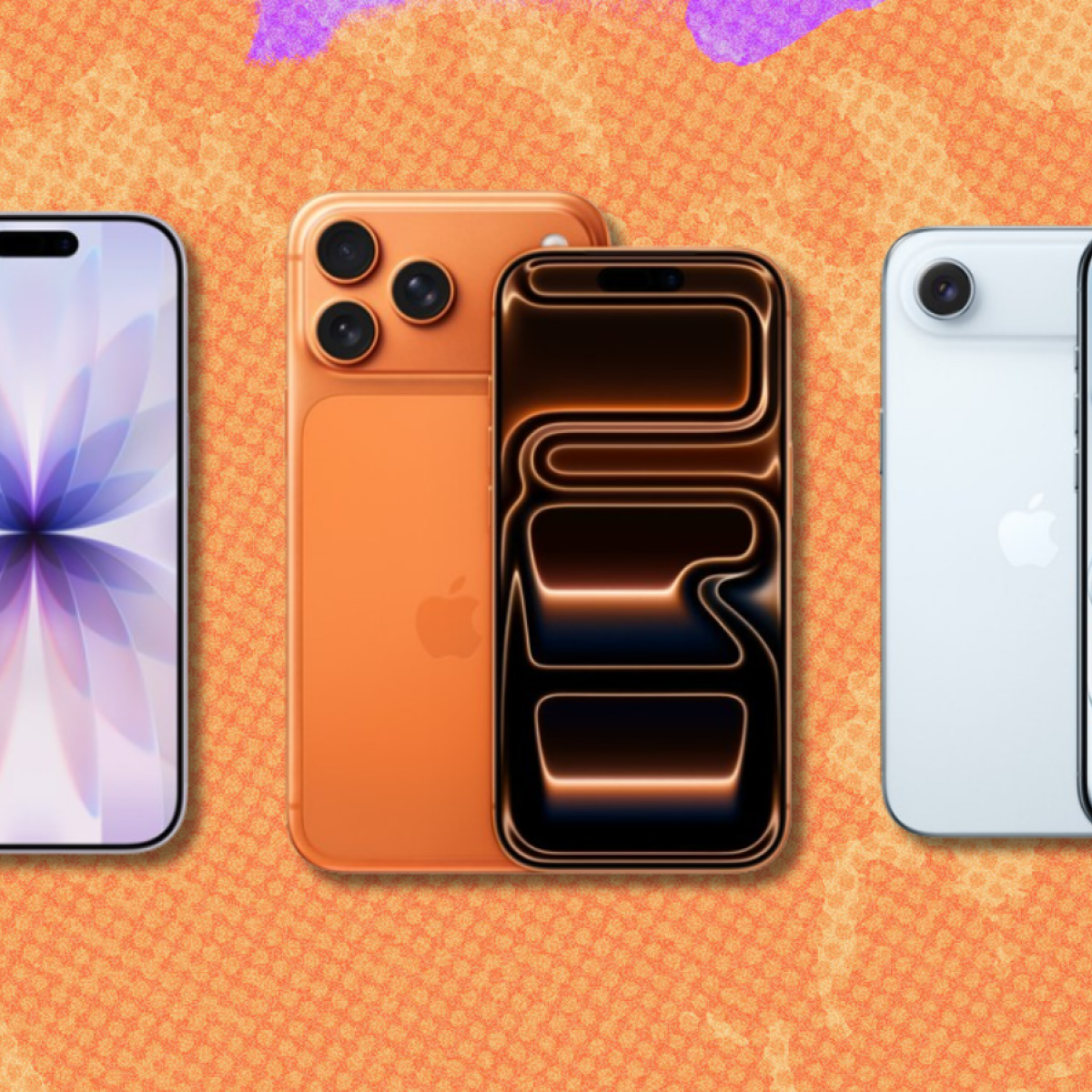
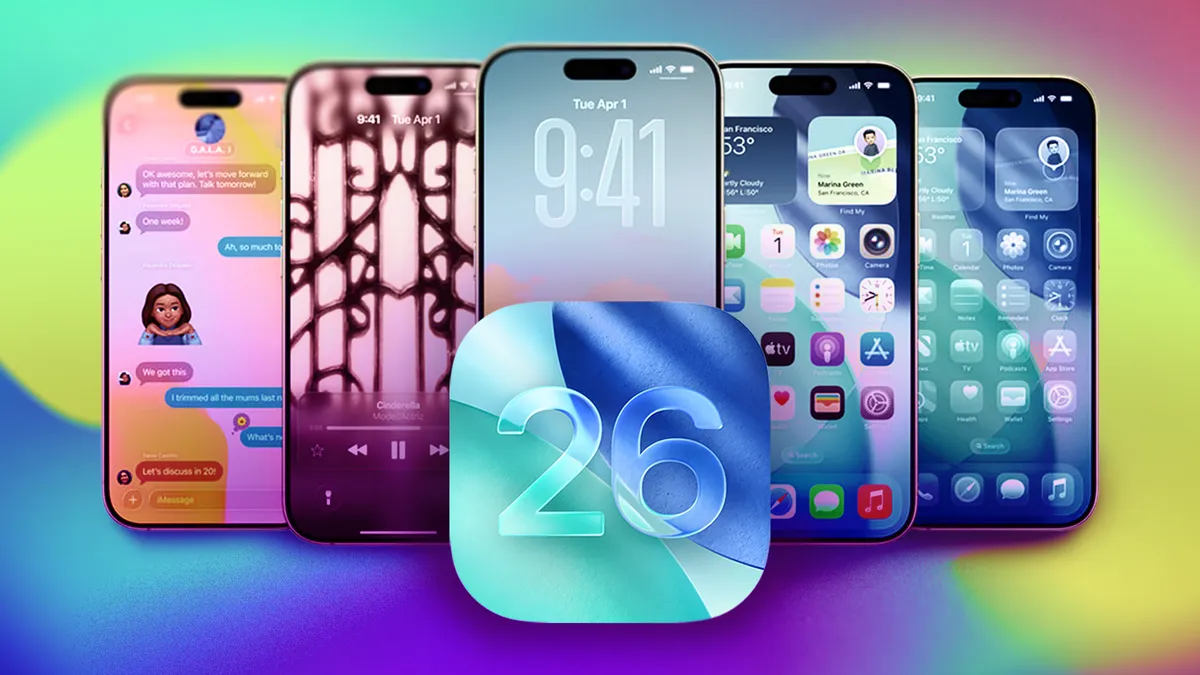

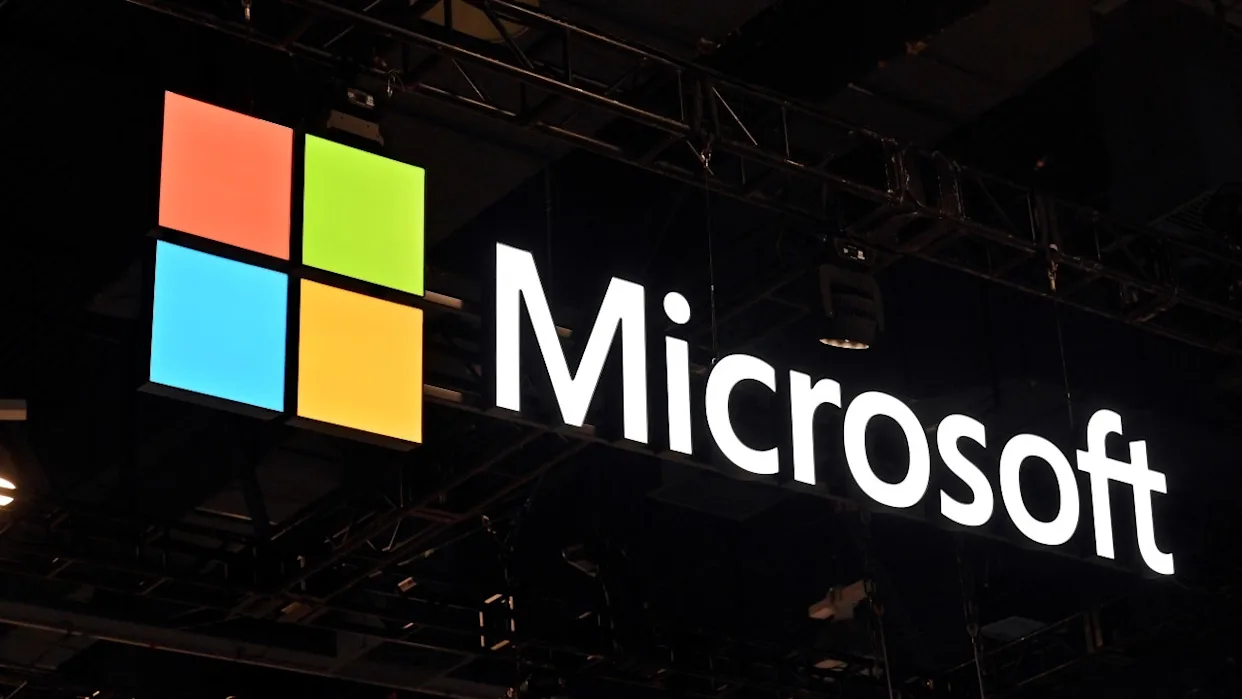


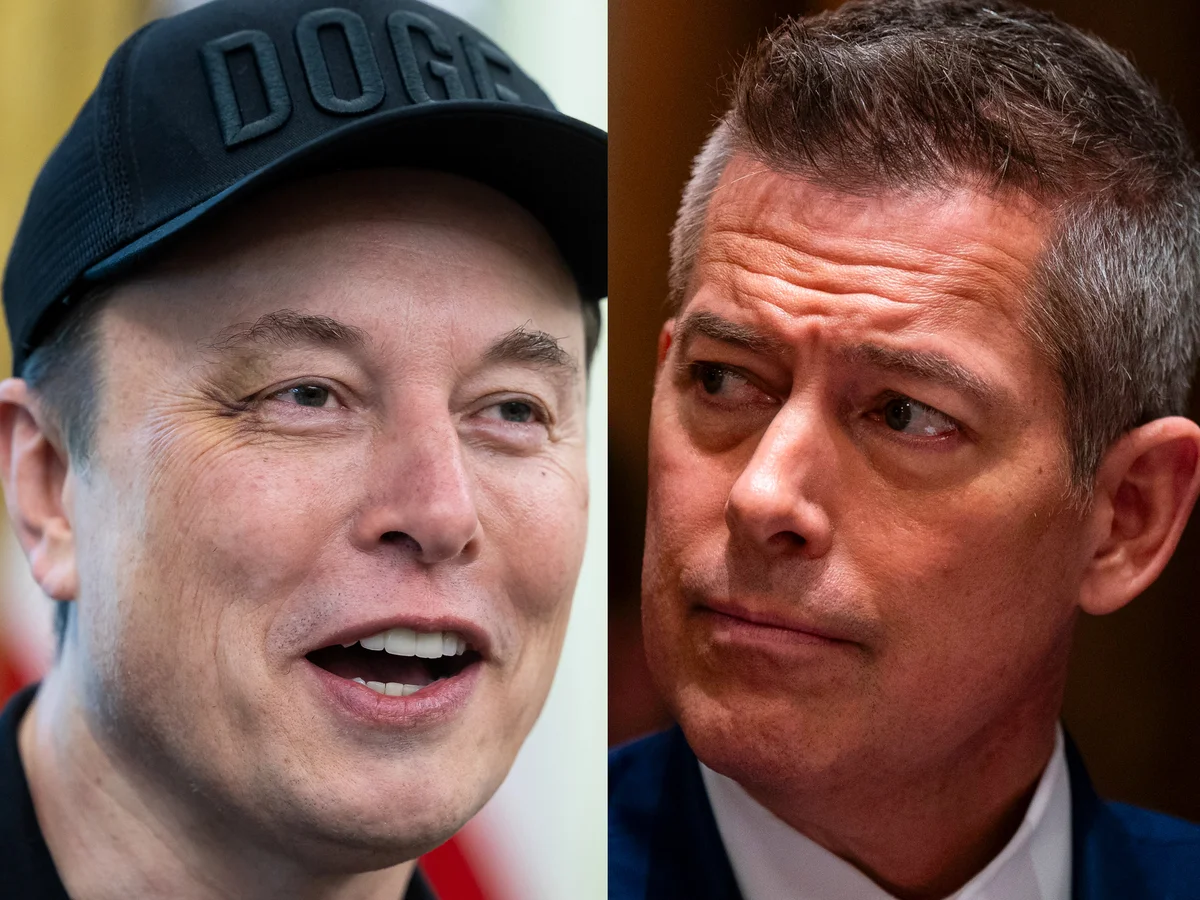
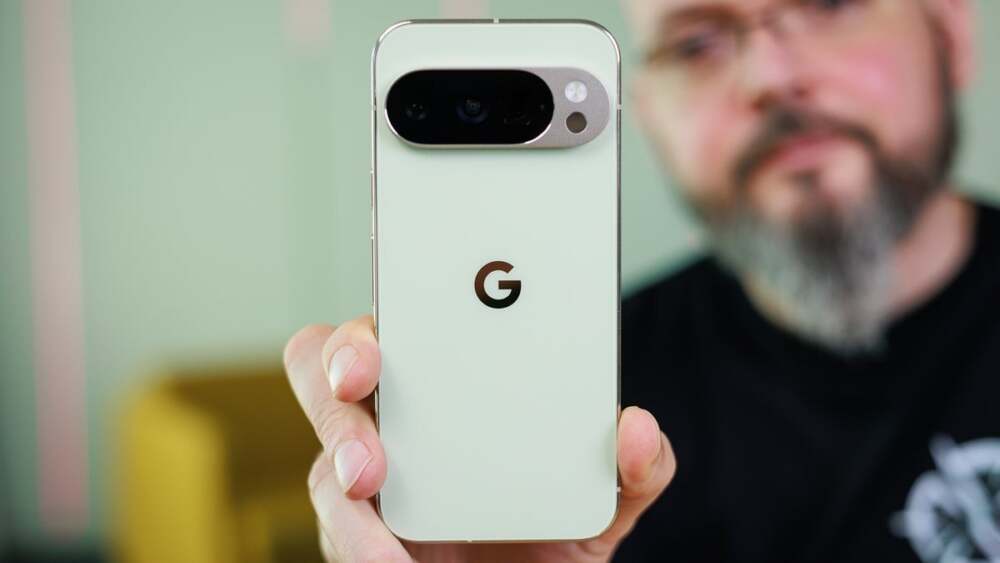

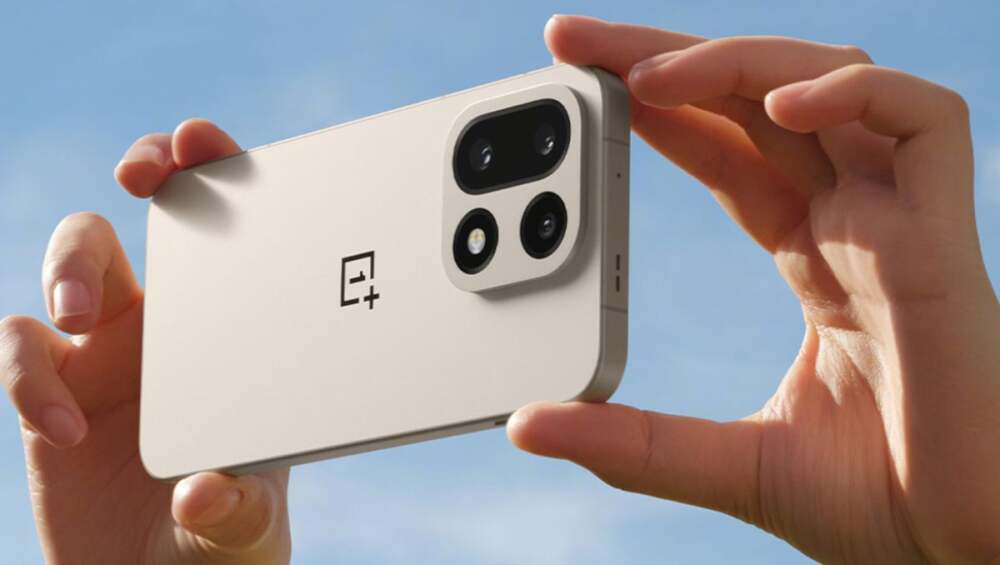
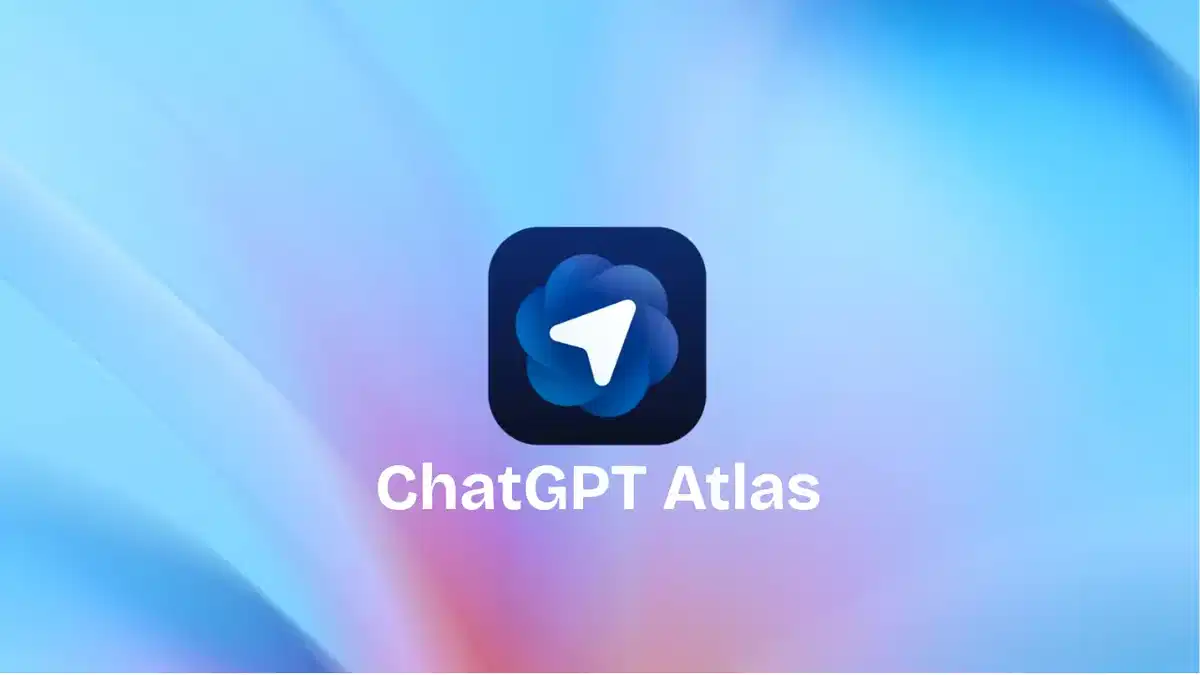




Leave a Reply